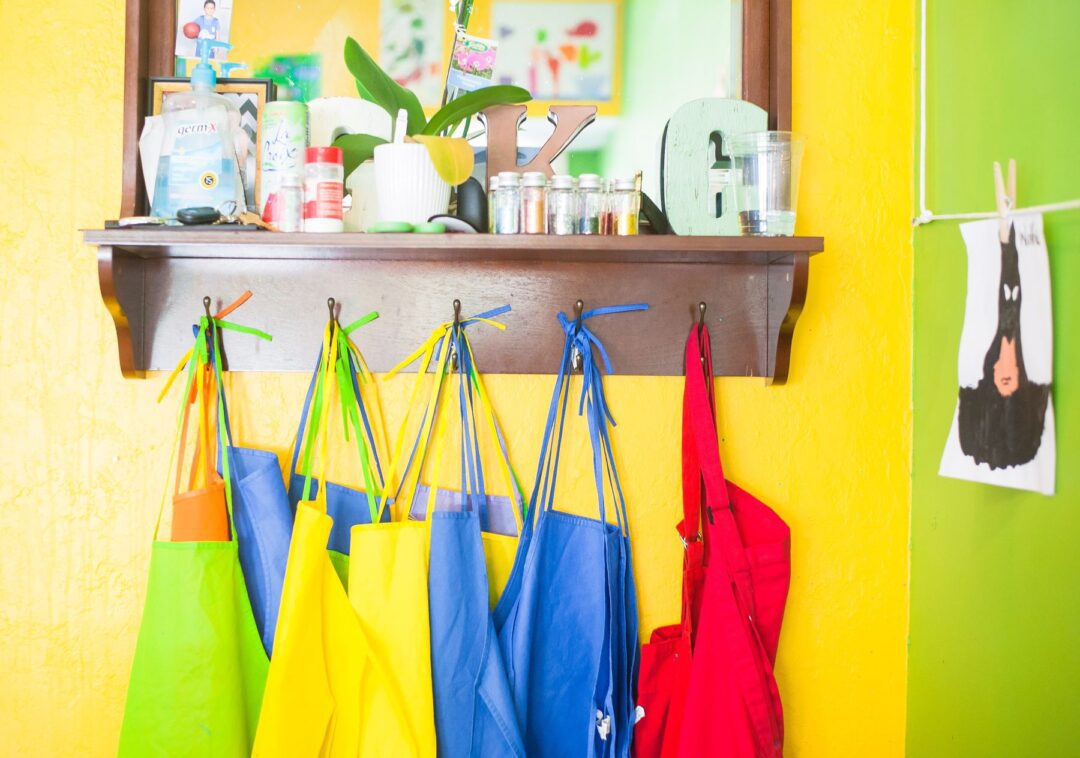One-to-one devices for feedback and assessment during distance learning


This case study was written up following an interview with Mrs Usher.
Context
Lawford CoE Primary School is a primary school in Essex, UK. In the academic year 2019-2020, the school had 4.3 per cent of students with EAL, 2.4 per cent of students who were eligible for pupil premiumAdditional funding for publicly funded schools in England to funding and 2.4 per cent of students who were eligible for free school meals. The school is part of the EdTech demonstrator programme.
Innovation
At the start of the 2020/2021 school year, I enrolled on the EdTeach demonstrator course and was paired with a local school that was already using one-to-one devices, which I was keen to roll out in our setting. Soon after my visit to the school, my mentor supported me to purchase one-to-one devices, which became key when we went into lockdown. While I am a Year 6 teacher, we quickly rolled out live teaching across the school. In Years 5 and 6, we used Microsoft Teams to set work, and using assignments we were able to provide written feedback or record feedback even if children were not in school. By that time (spring 2021) we had already purchased one-to-one devices, which meant that children who were in school were able to access everything I was teaching to those who were learning from home. This also allowed me to set assignments and provide all students with feedback on their work. Having had the opportunity to embed the use of one-to-one devices prior to lockdown certainly made a big difference.
We had received devices at the end of the autumn term, and I had a feeling that we may end up in lockdown, so I jumped in with both feet and explicitly taught students in Year 6 how to use Microsoft Teams. This was to ensure that they knew how to use some of the basic functionalities and would be able to access distance learning in case they needed to. The Year 5 teacher showed her class how to access the live teaching from teams but not the functionality at this point.
The rest of the school used Microsoft Teams to live teach but used the portfolio to set work in class Dojo. They also used the class Dojo to upload work and comment on it. Recorded lessons were also very important for those students who were sharing devices, so they could access learning at a time that was convenient for them.
I also felt that it was important to use a range of different approaches to feedback, from written feedback in Microsoft Teams to recorded verbal feedback and feedback in live lessons. The use of forms for automated feedback was also practical so that students would check their own work and assess their progress.
For group and paired work we used breakout rooms. This was a learning curve and I quickly realised that four was a good number; more than this made it difficult for students to interact and provide appropriate feedback. However, connectivity was sometimes an issue. It took some time for students to get used to working in groups remotely but once they did, they really enjoyed it. To monitor progress and behaviour, I moved in and out of groups. An important thing to bear in mind is to give even clearer instructions about tasks and expectations, so students knew exactly what they had to deliver after the group session and stayed on task. My students had really missed the collaborative aspect of learning, so they enjoyed being together and working in these groups.
Towards the end of lockdown, we could really see students’ motivation decreasing and levels of engagement dropping. There were more students who turned off their cameras and did not want to engage. To support students’ well-being and engagement, each teacher had a check-in time, for example at the end of a morning or on one specific day of the week, where they would stay online whilst students went off to work independently. During this time, students had the opportunity to ask us questions or share any issues that they were having. Sometimes parents would let us know if something had happened in the family (e.g. a bereavement), which allowed us to work individually with the child in question.
In terms of engagement, we felt that it was important for the senior leadership team to support classroom teachers by calling parents when children were not engaging. So we monitored how much work children were submitting and when we noticed a drop in the amount of work a student submitted, we called their caregivers. We also called all students who were eligible for Pupil Premium on a weekly basis to check in on them and their families and made sure that they all had a device to access their learning.
Clear expectations and structure were extremely important. We asked all teachers to tell students either verbally or through uploaded timetables or calendar invites what live lessons and independent learning time they should expect for the next day. We did not impose a specific way of sharing this information with classes but left it up to teachers to choose the approach that was right for them and their students. But we had the expectation that this information was shared with families on a daily basis. This allowed students and their parents to plan ahead, most notably around the availability of devices at home.
Overall, we feel that this period of distance learning and the use of one-on-one devices, in particular for collaborative learning, has really helped our students to become more independent. This has also been confirmed by a colleague from the feeder secondary school who recently visited our school and saw how independently our students were working on their devices. It really feels to me that this period of distance learning has allowed many students to take more ownership of their learning and become more independent.
Going forward
When we came out of lockdown, we could carry on where we left off. The children were used to working in that way, so making that transition back into the classroom with the use of one-to-one devices was easier.
We have also become quite proficient in the use of Sway, which also allowed parents to access all learning content. We now put all resources onto our class notebook, so even children who are off sick, or who are self-isolating, can access the learning. It also helps with staff absences, as colleagues clearly see what has been covered in the previous lesson.
By the end of this academic year, we would like to extend the use of one-to-one devices to Year 4.
Recommendations
- Be brave and take risks. It will pay off. Some of my most successful online lessons were those where I brought in more resources and became more creative.
- Embrace collaborative learning even if it does not work the first time round. Persistence is key. Groups of four worked well in my context.
- Communication with parents is key. Parents need to know what you told the children so they can support them.
Katie Usher is Deputy Head at Lawford C of E Primary school, UK.









